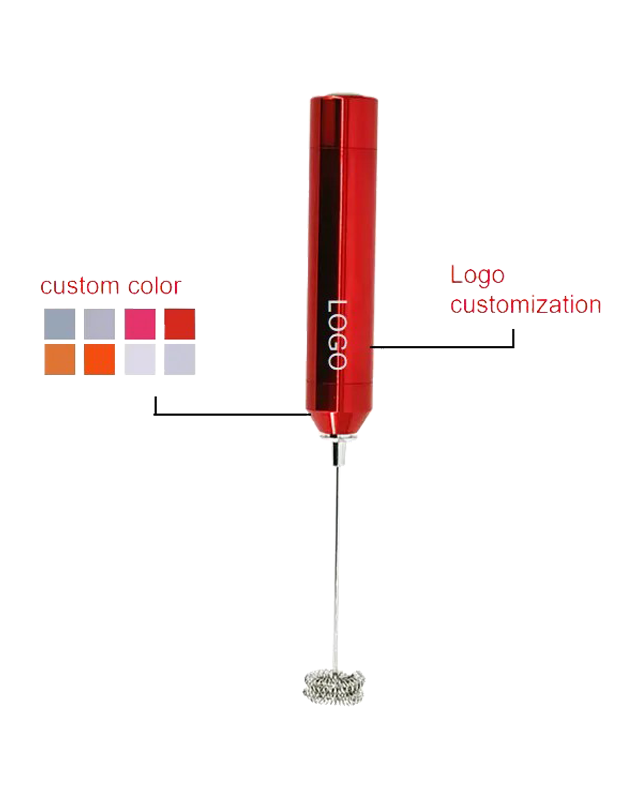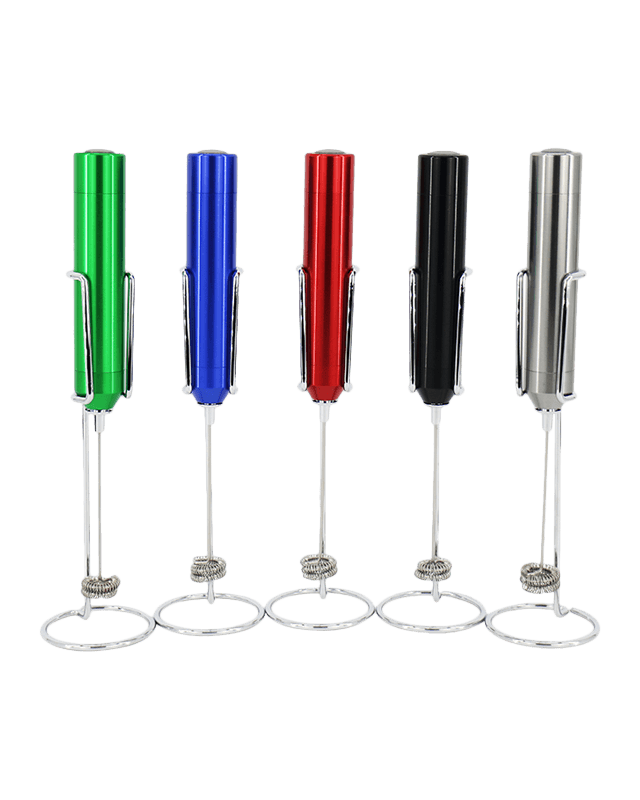The frothing mechanism is at the heart of any milk frother, determining the quality and texture of the froth produced. Advanced models may include multiple whisks designed for specific frothing styles, such as a balloon whisk for airy, voluminous froth or a flat whisk for denser, creamier results. This variety allows users to tailor their frothing experience to suit different beverages, from lattes to macchiatos. Some frothers utilize advanced technology, such as induction heating or steam-based frothing, which can further enhance the quality and consistency of the milk foam.
The power of an electric milk frother, measured in watts, directly correlates with its ability to froth milk quickly and efficiently. Higher wattage models typically froth milk faster, which is particularly beneficial during busy mornings or when preparing multiple drinks for guests. For instance, a frother with a motor rated at 500 watts can produce results in seconds, while lower-powered models may take longer. Consider the frother’s ability to maintain consistent frothing speed, as this can affect the texture and stability of the froth.
The capacity of a milk frother is a critical consideration, especially for households with multiple coffee drinkers or for those who enjoy entertaining. Frothers come in various sizes, typically ranging from single-serve capacities to larger models that can froth enough milk for several drinks at once. Choosing the right capacity ensures that you can meet your frothing needs without the inconvenience of multiple rounds of frothing, thus improving efficiency during high-demand situations.
Precision in temperature control is essential for creating the perfect froth. Some electric frothers feature adjustable temperature settings that allow users to heat milk to specific temperatures, catering to personal preferences. For instance, different types of milk, such as almond or soy, may require different heating levels to achieve optimal frothing results. This feature also helps prevent overheating, which can negatively impact the taste and texture of the milk.
Maintenance is a key factor in the longevity and performance of any kitchen appliance. When selecting a frother, look for models designed with easy cleaning in mind. Many frothers feature non-stick surfaces, which prevent milk residue buildup and simplify the cleaning process. Additionally, some models have detachable components that are dishwasher-safe, further enhancing convenience. Regular cleaning not only extends the life of the frother but also ensures that flavors from previous uses do not carry over into new beverages.
The design and ergonomics of a frother can significantly influence user experience, especially during prolonged use. An ergonomically designed handle provides a comfortable grip, reducing strain on the hand and wrist. A lightweight construction also contributes to ease of use, allowing for extended frothing sessions without fatigue. Consider models that balance functionality with comfort, as this can enhance the overall frothing experience.
Noise is often an overlooked aspect of kitchen appliances. Some electric frothers can produce significant noise during operation, which may be disruptive, particularly in quieter environments or during early mornings. Look for models that are designed for quieter operation, utilizing technology that minimizes sound without sacrificing performance. This feature enhances user comfort and contributes to a more pleasant kitchen environment.



 English
English
 Français
Français
 Español
Español
 Deutsch
Deutsch
 日本語
日本語





























